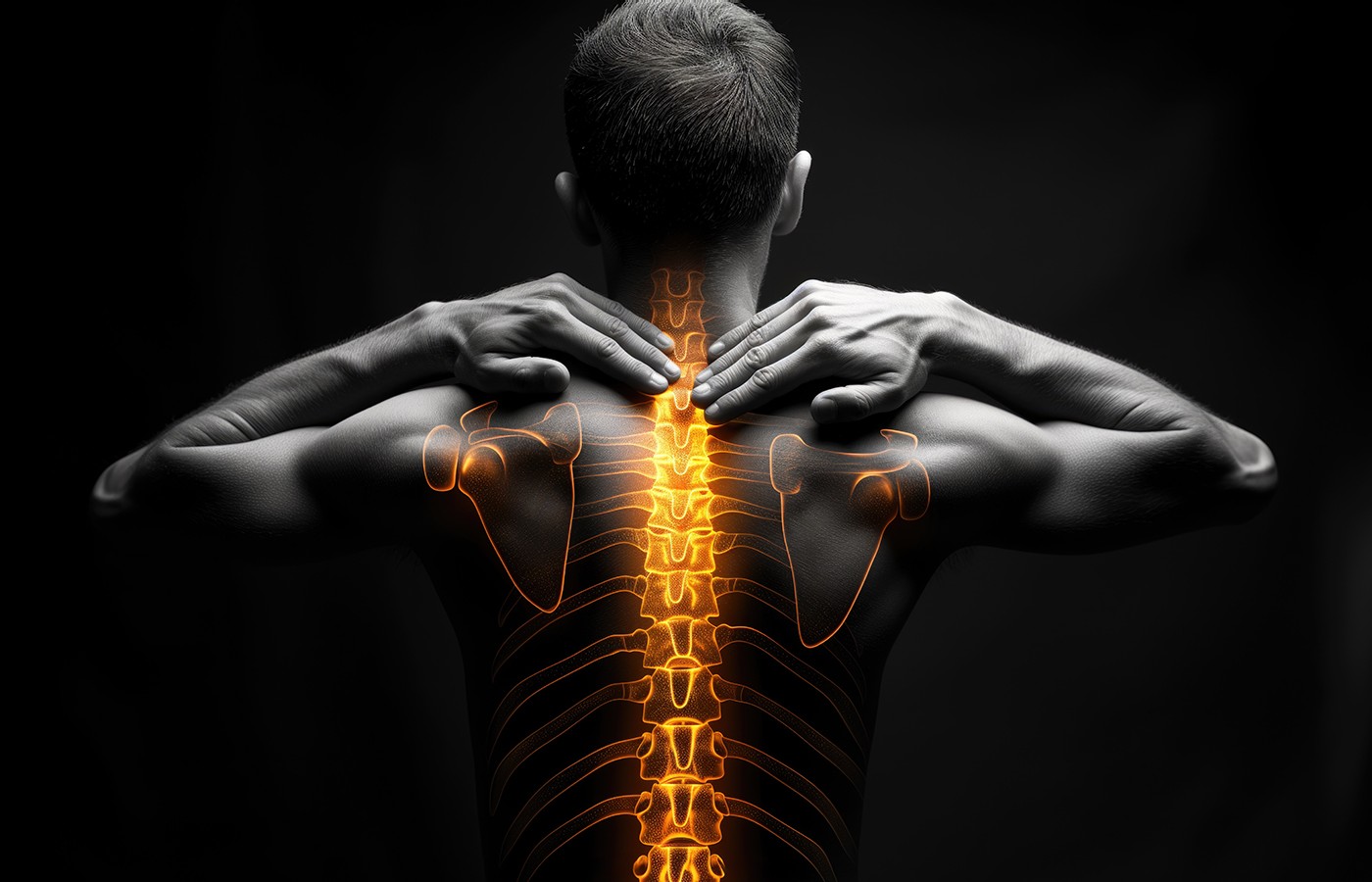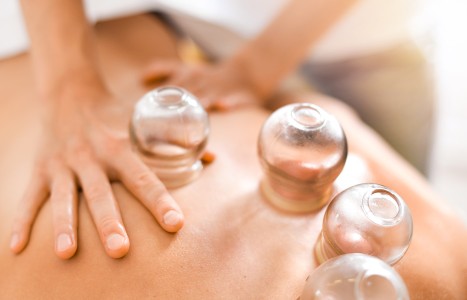Whether you accept it, avoid it or live somewhere in between, insurance coverage has become a defining issue for our profession. Patients increasingly expect to use their benefits, practitioners want to be compensated fairly for their time and expertise, and the system itself remains – at best – fragmented. The encouraging news is that coverage has expanded in meaningful ways. The challenging news is that reimbursement, across the board, remains inadequate.
That Nagging Qi Stagnation Between the Shoulder Blades (Pt. 2)
Local Muscle Pain and Trigger Points (TrP)
After a thorough examination to rule out the cervical and thoracic spine [part 1 of this article], what you have left is sharp, localized qi stagnation of the soft tissues causing the “rhomboid pain.” If it’s not the C or T spine causing the problem, then what could be causing this tissue issue? It can be a bunch of different reasons such as dehydration, electrolyte imbalance, poor posture, muscle imbalances, trauma, deconditioning, overuse, etc.
Here’s where you will palpate to pinpoint the tender spot and/or the TrP stagnation. However, we know that TrPs also have referral patterns and can transfer a dull pain out from its origin. Therefore, it’s important to palpate the surrounding tissue of the rhomboids and the muscles that are adjacent to the interscapular pain to see if you can find the TrP that elicits the pain.
In my experience, TrPs refer the pain, but they can correspondingly be tender and localized. Everyone has tender spots, particularly with muscles of the upper back, so again, it’s important to know that the tender spot is reproducing the complaint. It’s also a good idea to muscle test the rhomboid muscle to find out whether you will need to inhibit or activate this muscle.
In my experience, I often find this musculature to be short and overactive. Here the rhomboids are the culprit tissues, along with their buddies the levator scapulae muscles. This is found particularly with patients who have upper-crossed syndrome. In the overhead squat assessment (OHS), you’ll see the shoulders want to shrug and/or fall forward.
You perform the manual muscle test for the rhomboids by having your patient in a prone position. The patient will rest the back of their hand on their opposite back pocket. Palpate the medial border of that scapula with your index finger and place your middle finger on the soft tissue of the rhomboid.
With your other hand, slip it under the front of the shoulder/anterior deltoid and have them protract that shoulder into your hand. Have your patient then lift the hand off and away from their buttock / back pocket. You should feel that your middle finger lifts. If the patient’s rhomboid does not lift your finger, then the rhomboid muscle is weak.
Another way to test the strength is to have the patient in the same position and have them retract their scapulae. Then push their scapulae down and away from the table in protraction. This way you can grade the strength using the Oxford Scale – between 0 and 5.
Treatment Considerations
Electroacupuncture. Local points: Bladder and Governor channel points, trigger-point needling, Ashi points, motor points, and Huatuojiaji; Distal points: choose points pattern specific.
External manual therapy. Cupping, guasha, traction, stretch, moxibustion, heat pad, warming herbal plaster, massage.
Note: when working with the fascia and soft tissue for the commonly seen flexed forward posture, in which the muscles have adapted into a lengthened position, the effort and intention of therapy should be moving this tissue from an outside-lateral direction to a medial direction toward the spine. You can also stimulate and activate the muscle with your fingers, using vigorous manual stimulation.
I use muscle strength and degree of mobility with straight-arm scapular retraction as my concordant sign when treating this. I will test before and after. With this way of testing, I just have the patient prone lift their arm out to the side of the table to see how high they can extend and lift their arm by retracting their scapula. After activation treatment, the arm should rise even higher in retraction.
Home exercise therapy: Self-myofascial release techniques using a foam roller or even better, a tennis ball. I like the ball since it better targets the points. A foam roller will cover a broader area.
When your patient finds the tender points, they will need to “camp out” on the point and let the ball sink in. It’s important to breathe through the pain, without grimacing, and hold for 1-2 minutes until the spot has released or is less tender. Stretch the rhomboids if it seems appropriate and it provides relief.
Most patients will need resistance exercises such as rowing exercises from different angles, resistance band pull-aparts, and thumbs-down dumbbell lateral raises off a Swiss ball.



